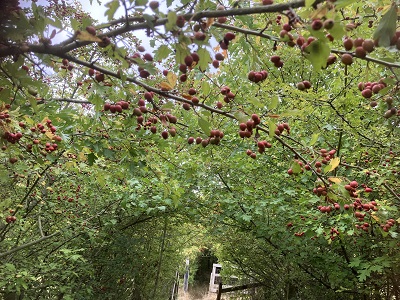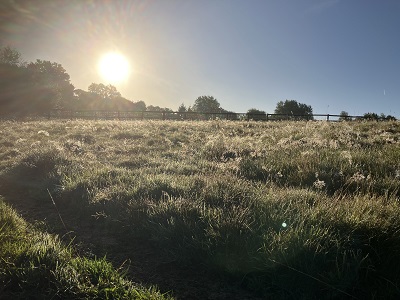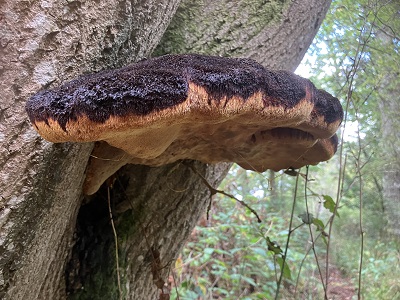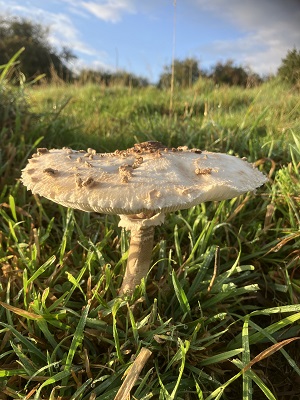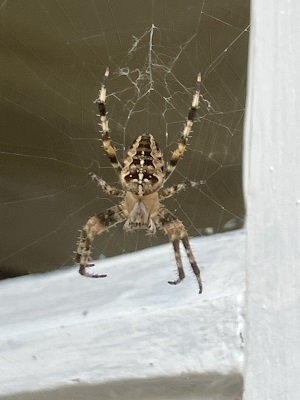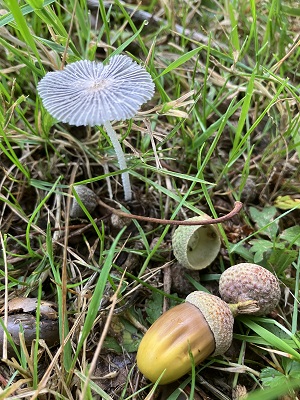Living Planet
Nature · Earth · ClimateNature Notes: October 2025
ALL AFLAME
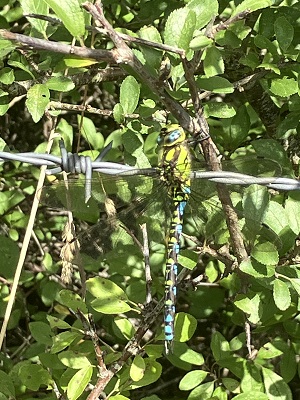
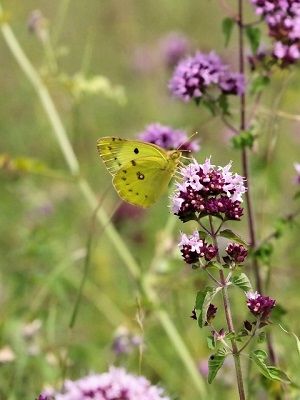
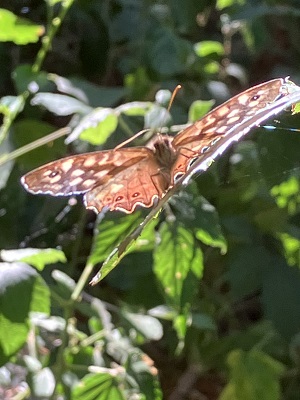
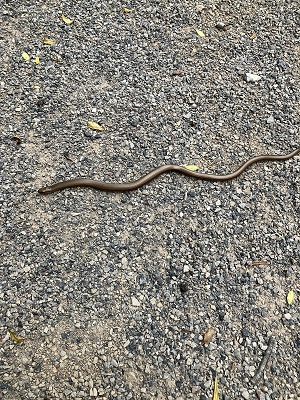
Highlights of September: Bronze and gold acorn strewn footpaths; a Gerard Manley Hopkins 'kingfisher catching fire' near one of our village bridges AND a magnificent male southern hawker dragonfly 'drawing flame' on a wire fence; an otter (!) swimming upstream after the first rains; a 2ft slow worm warming itself on a footpath; a dancing clouded yellow butterfly; small coppers, small blues, a comma, shieldbugs and grasshoppers in my 'No mow May, maybe September' lawn; fox 'snuffle-holes' in hay around field edges; toads; mating snails; goldfinches on thistledown; humming-bird hawkmoths on my buddleia; elderberries dripping with dew; natures art: leaves, feathers and seed heads caught in webs, grass and brambles, stunning fungi sculptures in all shapes and sizes, colours and hues.
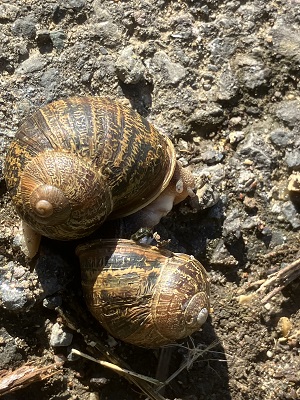
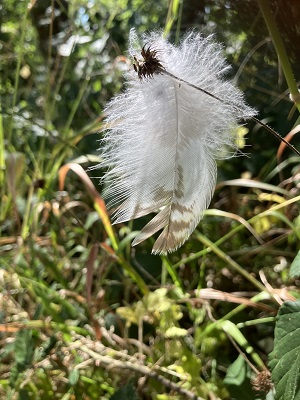
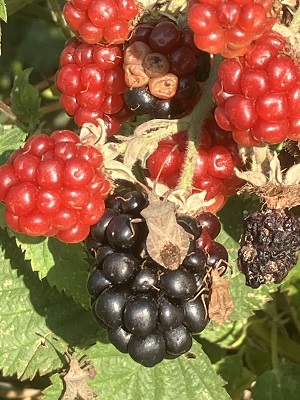
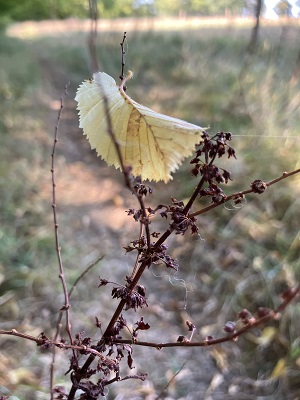
Lowlights: 3 tiny deer fawn and wild bird eggshells - so late in the season; finding shrew poo inside one of the sofas; detached green veined white and small white butterfly wings, lying like petals around field margins after heavy rains; wild food sources peaking early - will there be any left for our wildlife during the winter months?
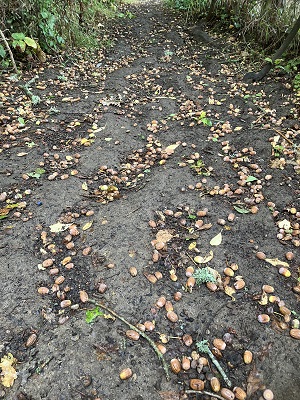
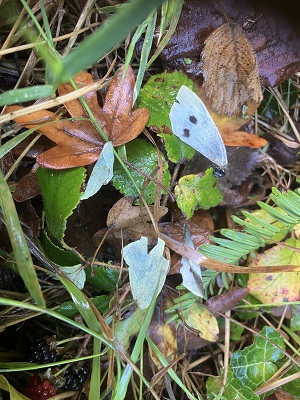
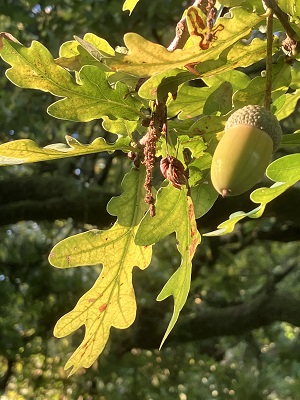
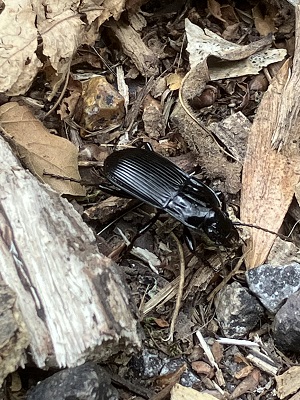
Key messages: Butterflies need good weather and a healthy environment to thrive and despite the former, results from this year's Big Butterfly Count show the need for urgent action! A 'UK Insect Crisis' has been declared, and retailers are being urged to remove synthetic pesticides from sale.
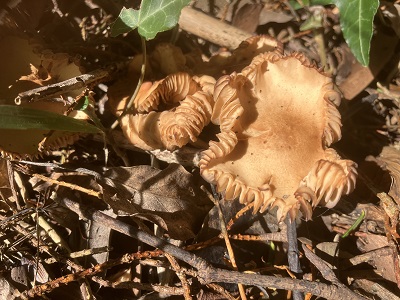
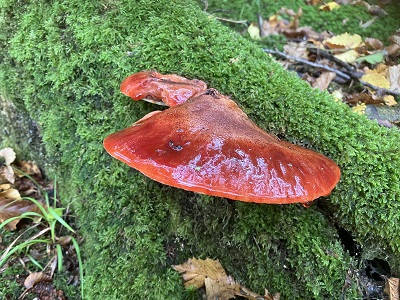
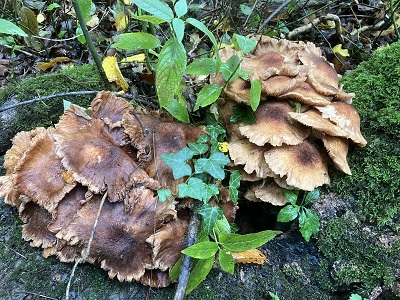
What to look for/hear in October: yellow hammers on stubble; hypnotic shifting shapes of starling murmurations; bramblings amongst flocks of chaffinches feasting on beech nuts; badgers munching acorns; bank voles and mice gathering seeds for their winter stores; tawny owls calling and hunting on warm dry bright evenings (possibly the 'super-moon' on 7th October?)
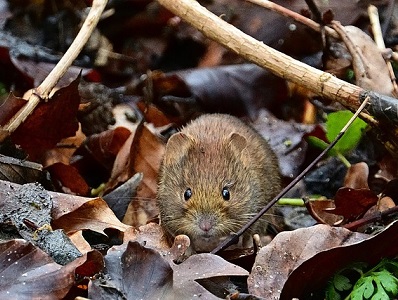
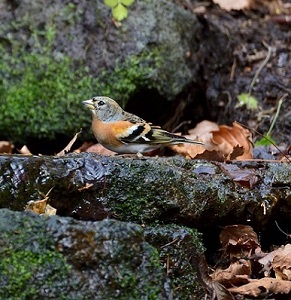
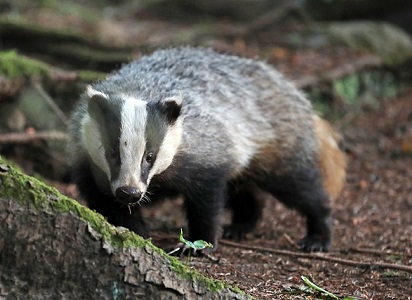
What you're more likely to see/hear: autumn winds sending the last of the chiff-chaffs, house-martins and swallows on their way; the arrival of fieldfares, redwings, ducks, geese and tiny goldcrests; old man's beard; fairy rings in fields and lawns; shiny conkers; yew berries; young foxes exploring new territories.
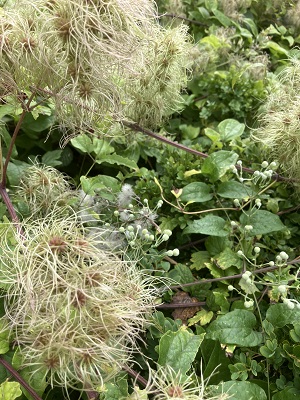
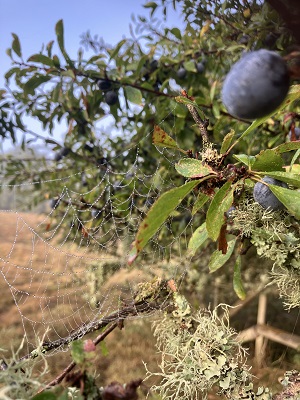
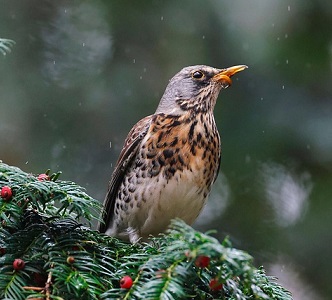
What you can do to help:
- Leave fallen fruit for butterflies, birds, mammals and reptiles. Allow ivy blossom to flower as an important late nectar source.
- Join the Butterfly Rescue Mission and help create the 'Big Insect Rescue Plan' by letting Butterfly Conservation, Buglife & Bumblebee Conservation Trust know what YOU feel would make a difference to all insects in crisis.
- Consider swapping your garden fence for a fruiting, flowering hedge of native trees and shrubs to feed and shelter all insects, birds and wildlife all year round. This is a great time for planting!
